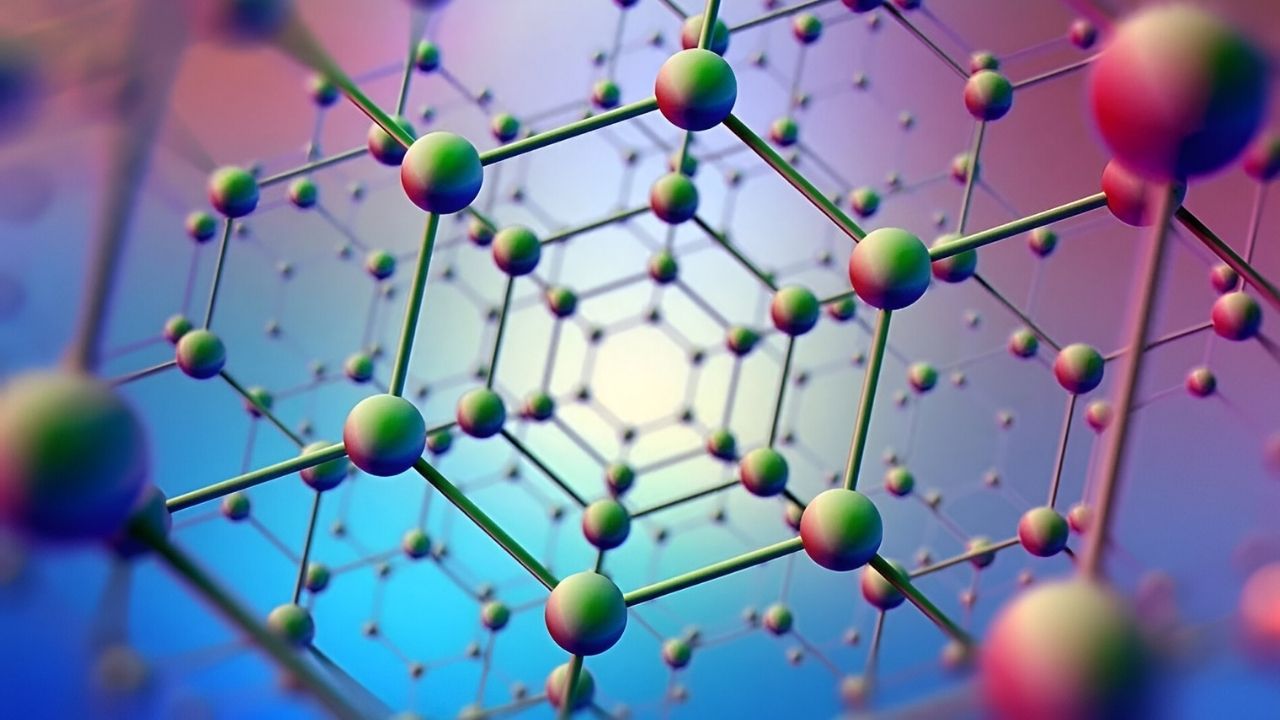
Nanomaterials are tiny wonders that have revolutionized various fields, from medicine to electronics. But what exactly are they? Nanomaterials are materials with at least one dimension less than 100 nanometers. To put that into perspective, a nanometer is one-billionth of a meter! These minuscule materials exhibit unique properties that differ significantly from their larger counterparts. For instance, nanomaterials can be stronger, lighter, and more reactive. They play a crucial role in developing new technologies, such as targeted drug delivery systems and more efficient solar panels. Curious about how these tiny materials impact our daily lives? Let's dive into 27 fascinating facts about nanomaterials!
Key Takeaways:
- Nanomaterials, like gold nanoparticles and carbon nanotubes, have unique properties and diverse applications in fields such as medicine, energy, and environmental remediation.
- While nanomaterials offer exciting possibilities for the future, their potential environmental and health impacts require careful consideration and ongoing research.
What Are Nanomaterials?
Nanomaterials are materials with structures sized between 1 and 100 nanometers. They possess unique properties due to their small size and large surface area. Here are some fascinating facts about these tiny wonders.
-
Nanomaterials can be found in nature, such as in volcanic ash, ocean spray, and even in some minerals.
-
Gold nanoparticles change color based on their size. Smaller particles appear red, while larger ones look blue.
-
Carbon nanotubes are 100 times stronger than steel but only one-sixth as heavy.
-
Silver nanoparticles are used in medical applications for their antibacterial properties.
-
Quantum dots are tiny semiconductor particles that emit light and are used in display screens and medical imaging.
Applications of Nanomaterials
Nanomaterials have a wide range of applications across various fields. Their unique properties make them suitable for innovative uses.
-
Sunscreens often contain titanium dioxide or zinc oxide nanoparticles to provide UV protection without leaving a white residue.
-
Nanomedicine uses nanoparticles for targeted drug delivery, reducing side effects and improving treatment efficacy.
-
Food packaging can incorporate nanomaterials to enhance barrier properties and extend shelf life.
-
Water purification systems use nanomaterials to remove contaminants more effectively than traditional methods.
-
Energy storage devices like batteries and supercapacitors benefit from nanomaterials for improved performance and longevity.
Environmental Impact of Nanomaterials
While nanomaterials offer many benefits, their environmental impact is a topic of ongoing research and debate.
-
Nanoparticles can enter ecosystems through air, water, and soil, potentially affecting plants and animals.
-
Bioaccumulation of nanomaterials in organisms can lead to toxic effects up the food chain.
-
Nanomaterial waste management is crucial to prevent environmental contamination.
-
Green nanotechnology aims to develop environmentally friendly nanomaterials and processes.
-
Regulations are being developed worldwide to ensure the safe use and disposal of nanomaterials.
Health Implications of Nanomaterials
The health effects of nanomaterials are still being studied, but some findings have raised concerns.
-
Inhalation of nanoparticles can cause respiratory issues and lung damage.
-
Skin exposure to certain nanomaterials may lead to irritation or allergic reactions.
-
Ingestion of nanoparticles through food or water can affect the digestive system and overall health.
-
Nanotoxicology is a field dedicated to studying the potential health risks of nanomaterials.
-
Protective measures like proper handling and personal protective equipment are essential when working with nanomaterials.
Future of Nanomaterials
The future of nanomaterials looks promising, with ongoing research and development opening new possibilities.
-
Nanorobots could revolutionize medicine by performing precise surgeries or delivering drugs at the cellular level.
-
Smart textiles with embedded nanomaterials can monitor health or change properties based on environmental conditions.
-
Nanocomposites are being developed for stronger, lighter materials in aerospace and automotive industries.
-
Environmental remediation using nanomaterials can clean up pollutants more efficiently.
-
Renewable energy technologies like solar cells and fuel cells are being enhanced with nanomaterials for better efficiency.
-
3D printing with nanomaterials allows for the creation of complex structures with improved properties.
-
Artificial intelligence and nanotechnology are being combined to create advanced systems for various applications.
The Future of Nanomaterials
Nanomaterials are changing the world. From medicine to electronics, these tiny wonders are making big impacts. They offer solutions to problems that seemed unsolvable just a few years ago. Imagine a world where cancer treatments are more effective, batteries last longer, and materials are stronger yet lighter. That’s the promise of nanomaterials.
But with great power comes great responsibility. We must ensure these materials are safe for both humans and the environment. Research is ongoing, and regulations are evolving to keep pace with this fast-moving field.
Stay curious and keep an eye on developments in nanotechnology. The future is bright, and nanomaterials will play a huge role in shaping it. Whether you’re a student, a professional, or just someone interested in science, understanding nanomaterials can give you a glimpse into the future.
Frequently Asked Questions
Was this page helpful?
Our commitment to delivering trustworthy and engaging content is at the heart of what we do. Each fact on our site is contributed by real users like you, bringing a wealth of diverse insights and information. To ensure the highest standards of accuracy and reliability, our dedicated editors meticulously review each submission. This process guarantees that the facts we share are not only fascinating but also credible. Trust in our commitment to quality and authenticity as you explore and learn with us.
